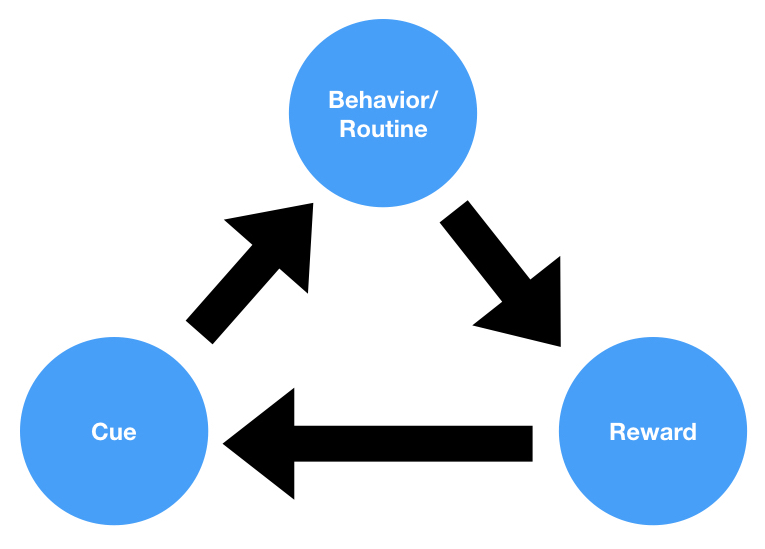What is a Sulcus?
A sulcus (plural: sulci) is a shallow groove or furrow found on the surface of the brain, which separates the raised ridges known as gyri. The sulci and gyri create a highly folded structure, increasing the surface area of the cerebral cortex, the outer layer of the brain responsible for higher cognitive functions such as thinking, perception, and decision-making.
Functions and Importance
-
Increased Surface Area
The presence of sulci and gyri allows the brain to have a larger surface area within the confines of the skull. This increased surface area enables the cerebral cortex to accommodate more neurons and neural connections, which contributes to the brain’s complex cognitive abilities.
-
Structural Landmarks
Sulci serve as important structural landmarks within the brain, helping to define and separate different regions and functional areas. Some sulci are consistently present across individuals and are used as reference points in neuroanatomy and neuroimaging studies.
Major Sulci of the Brain
-
Central Sulcus
The central sulcus, also known as the fissure of Rolando, separates the frontal lobe from the parietal lobe. It also divides the primary motor cortex (located in the precentral gyrus) from the primary somatosensory cortex (located in the postcentral gyrus).
-
Lateral Sulcus
The lateral sulcus, also known as the Sylvian fissure, is a prominent horizontal groove that separates the frontal and parietal lobes from the temporal lobe. It also contains the insular cortex, a region involved in various functions such as emotion, homeostasis, and perception.
-
Calcarine Sulcus
The calcarine sulcus is a horizontal groove located within the occipital lobe. It serves as the anatomical boundary for the primary visual cortex, which is responsible for processing visual information.
Summary
Sulci are shallow grooves on the surface of the brain that separate the raised ridges known as gyri. They play a crucial role in increasing the surface area of the cerebral cortex and serve as structural landmarks to define and separate different brain regions and functional areas.




